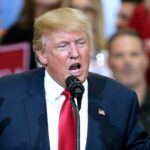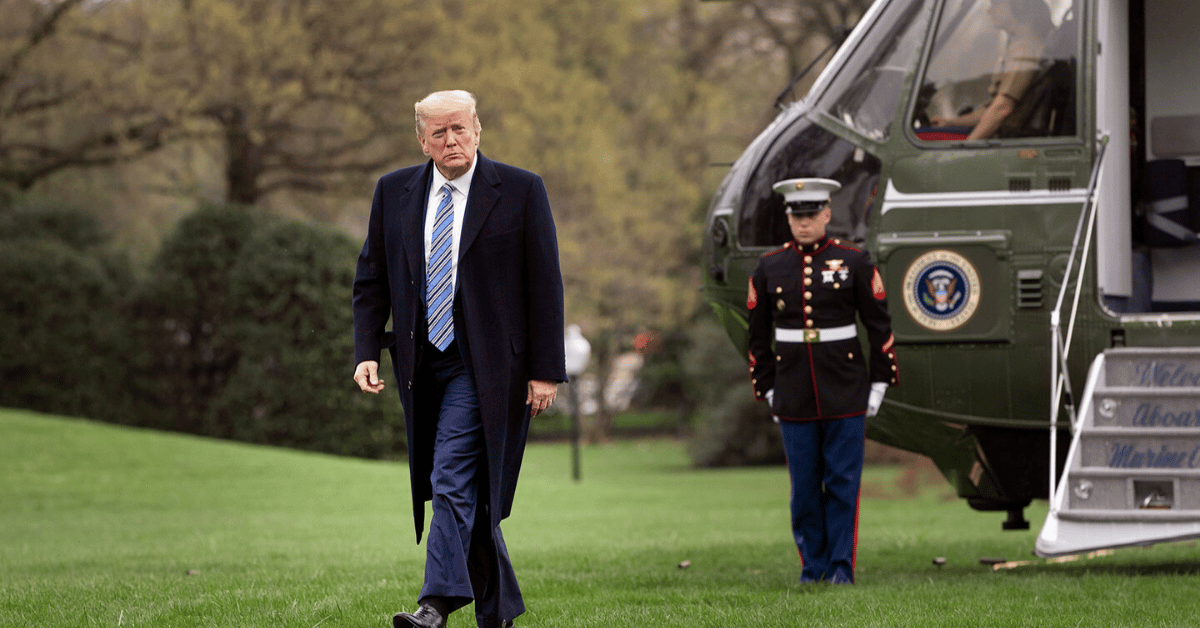
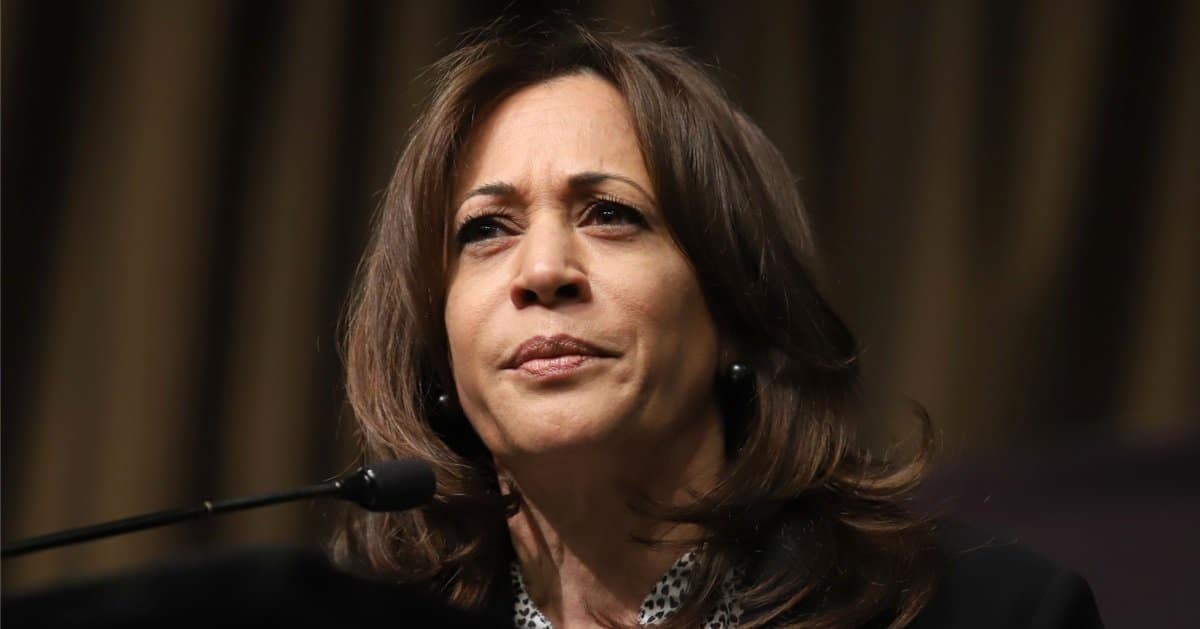
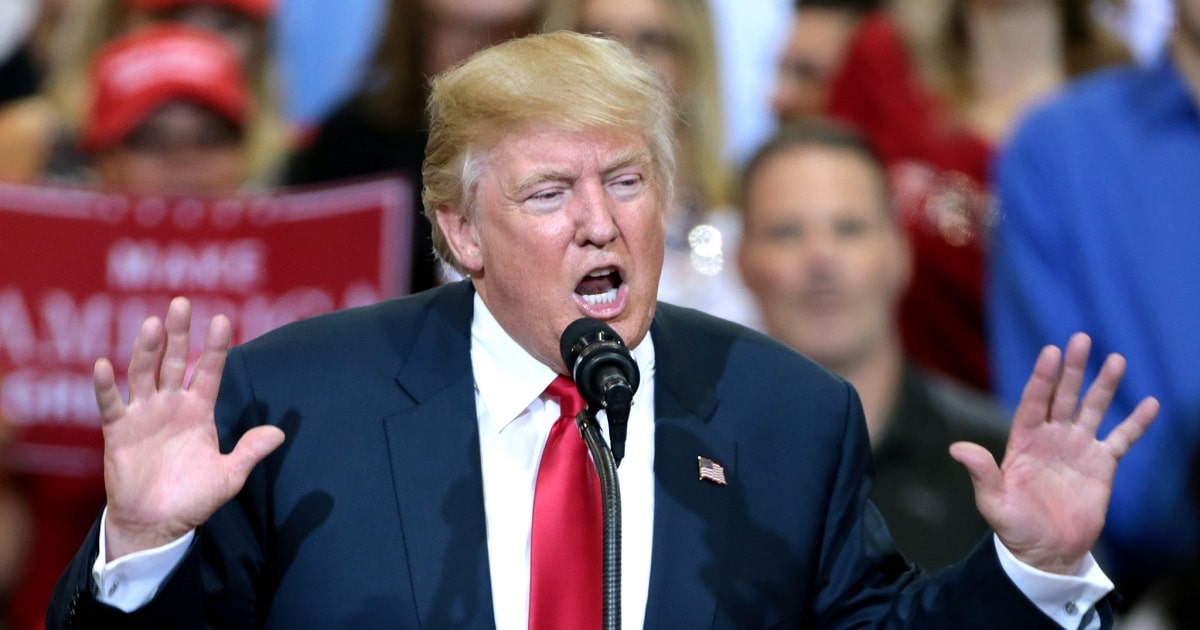
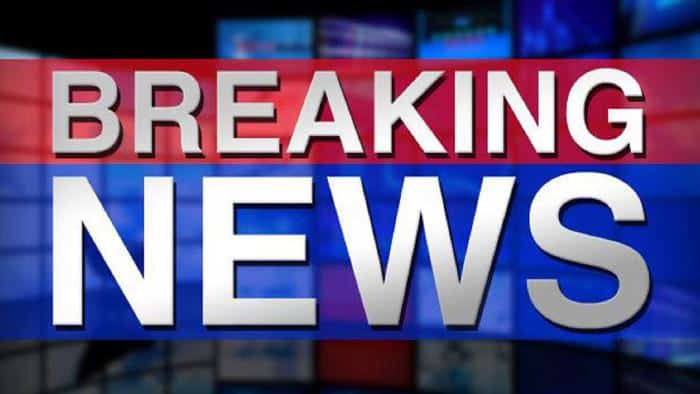

President Trump just dropped a bombshell, promising new rules to shield prayer in public schools. His bold move aims to safeguard students’ rights to express their faith without fear of punishment. It’s a direct jab at what some see as creeping secularism in education.
Newsmax reported that Trump unveiled this plan during a speech at the Justice Department’s Religious Liberty Commission, vowing “total protection” for school prayer.
The announcement signals a renewed focus on religious liberty, a cause that resonates deeply with his conservative base. Yet, details on the guidance remain frustratingly vague, leaving room for speculation.
For much of America’s history, the Bible was a classroom staple, shaping moral and cultural values. Today, some argue that schools have swung too far the other way, pushing anti-religious narratives. Trump’s plan seems poised to challenge that shift, stirring a debate that’s been simmering for decades.
School prayer has been a cultural lightning rod since the 1960s. The Supreme Court’s landmark decisions in Engel v. Vitale (1962) and Abington School District v. Schempp (1963) banned state-sponsored prayers and mandatory Bible readings. These rulings clipped the wings of school-led religious activities, prioritizing neutrality.
Despite those decisions, students never lost their right to pray on their own. The Court made it clear: individual or group prayer is fine, so long as schools don’t orchestrate it. But the rulings sparked a backlash, with many conservatives feeling faith was being sidelined.
The Court doubled down over the years, striking down clergy-led prayers at graduations in 1992 and student-led prayers at football games in 2000.
These decisions cemented a firm line: schools, as government entities, can’t endorse religion. It’s a principle that’s fueled endless lawsuits and political firestorms.
School prayer has long been a rallying cry for conservatives. Ronald Reagan pushed for a constitutional amendment in the 1980s to allow voluntary prayer, but it fizzled out in Congress. Both Bushes leaned into the issue, appealing to religious voters eager to protect faith in schools.
In 2003, George W. Bush’s administration issued guidance affirming students’ rights to pray, so long as it wasn’t disruptive or school-sponsored.
The Obama administration mostly upheld this framework, balancing private expression with government neutrality. Yet, disputes over prayer at school events kept tensions alive.
Trump’s latest move builds on this history but cranks up the volume. “The Department of Education will soon issue new guidance protecting ... prayer in our public schools, and it’s total protection,” he declared. Critics might call it political theater, but supporters see it as a bold stand against secular overreach.
Trump’s speech painted a stark picture of the current landscape. “For most of our country’s history, the Bible was found in every classroom,” he said, “yet in many schools today students are ... punished for their religious beliefs.” It’s a provocative claim, though evidence of widespread punishment is thin.
The president’s rhetoric taps into a deeper conservative grievance: that faith is under siege in modern America.
He argued, “When faith gets weaker, our country seems to get weaker.” For his base, it’s a call to arms to reclaim cultural ground lost to progressive agendas.
Savannah Newhouse, a Department of Education spokesperson, echoed Trump’s resolve. “The Department looks forward to supporting President Trump’s vision to promote religious liberty in our schools,” she said. But without specifics, it’s unclear how far this guidance will stretch constitutional boundaries.
The new guidance will likely reaffirm students’ rights to pray and express faith without school endorsement. Past rulings make it clear: schools can’t lead prayers, but students can pray on their own time. Trump’s push could clarify these protections or risk blurring the line between liberty and endorsement.
Critics worry this could embolden schools to skirt legal limits, inviting new lawsuits. Supporters, however, see it as a necessary correction to an education system they view as hostile to faith. The debate will hinge on how the guidance is worded and enforced.
